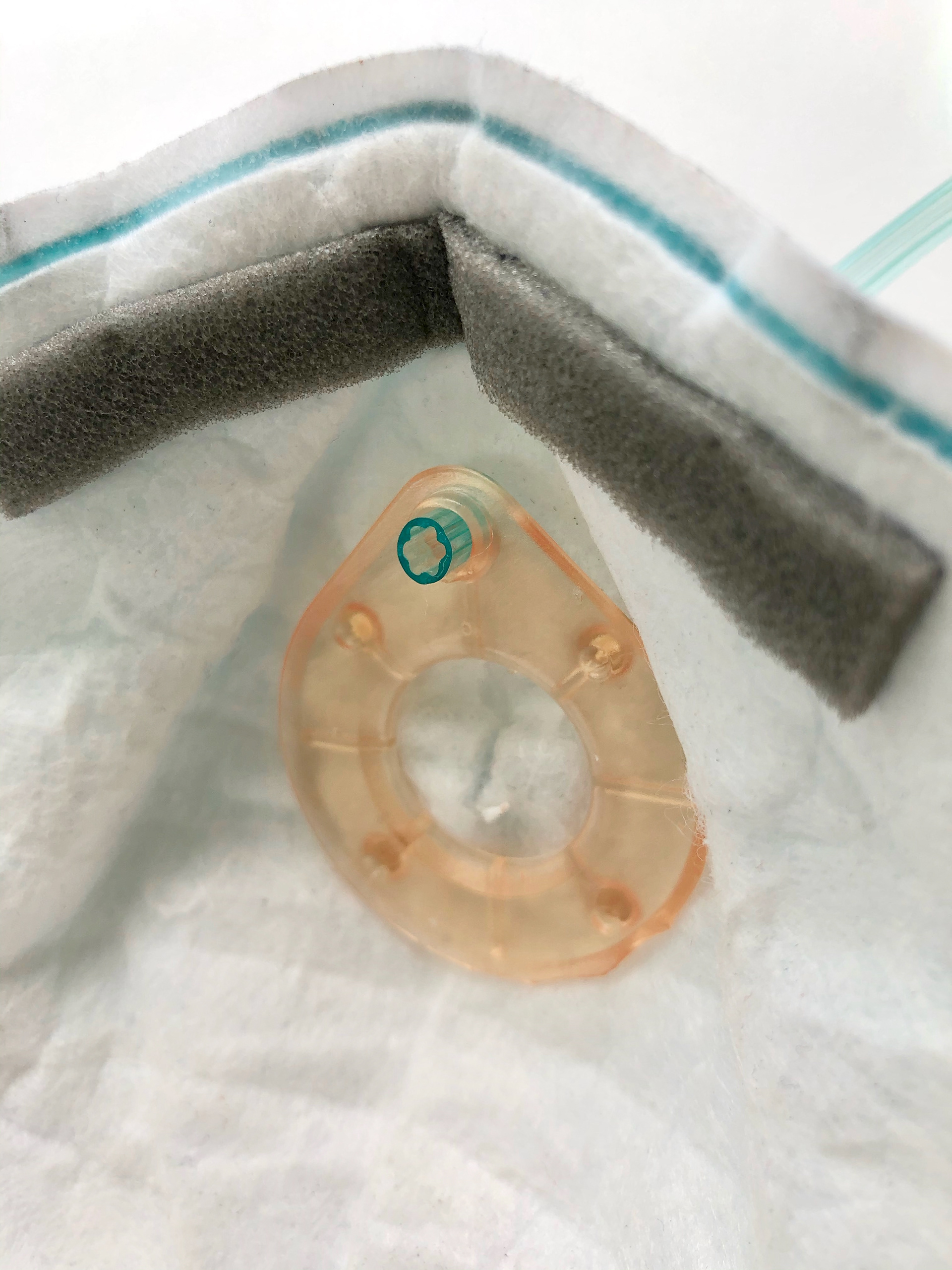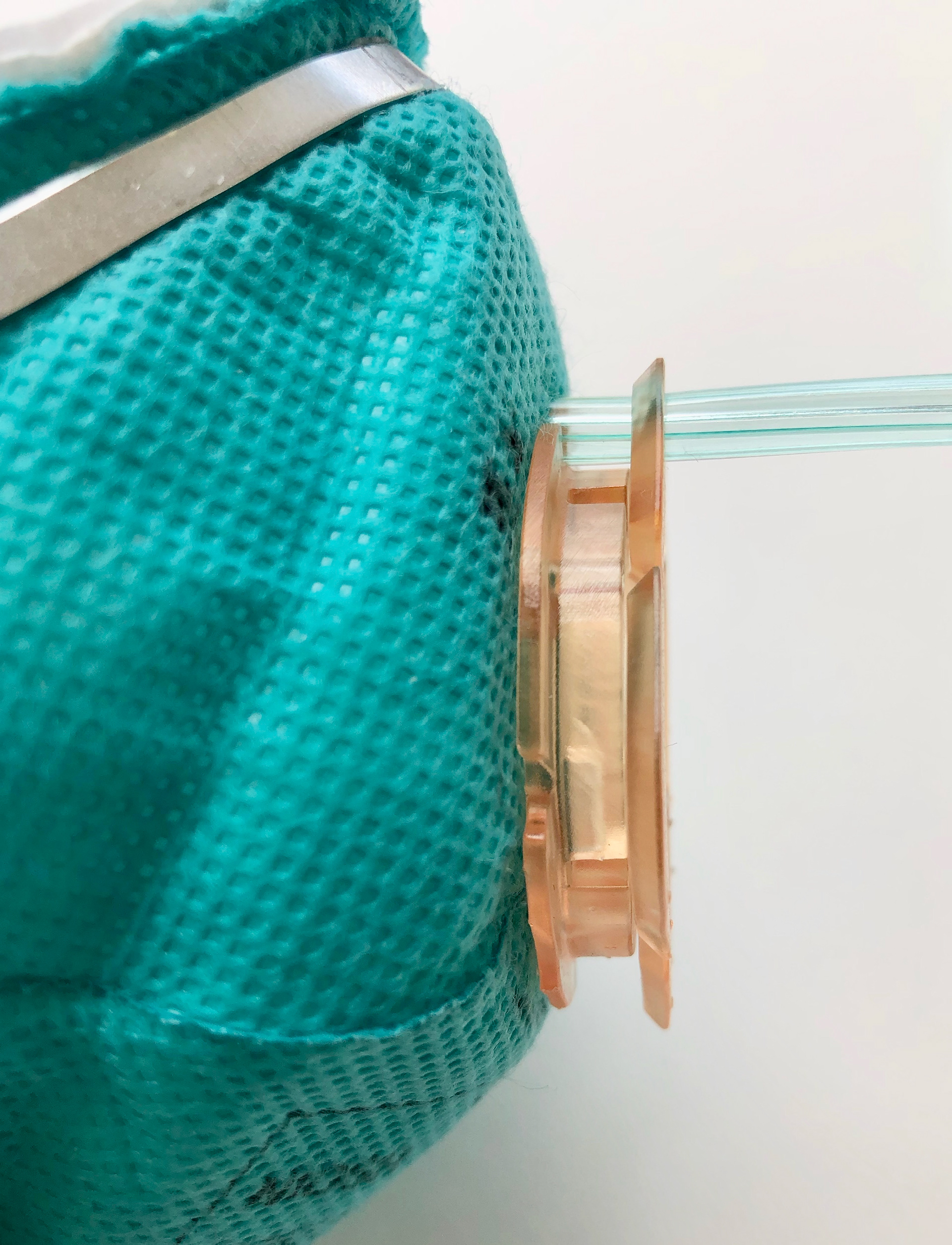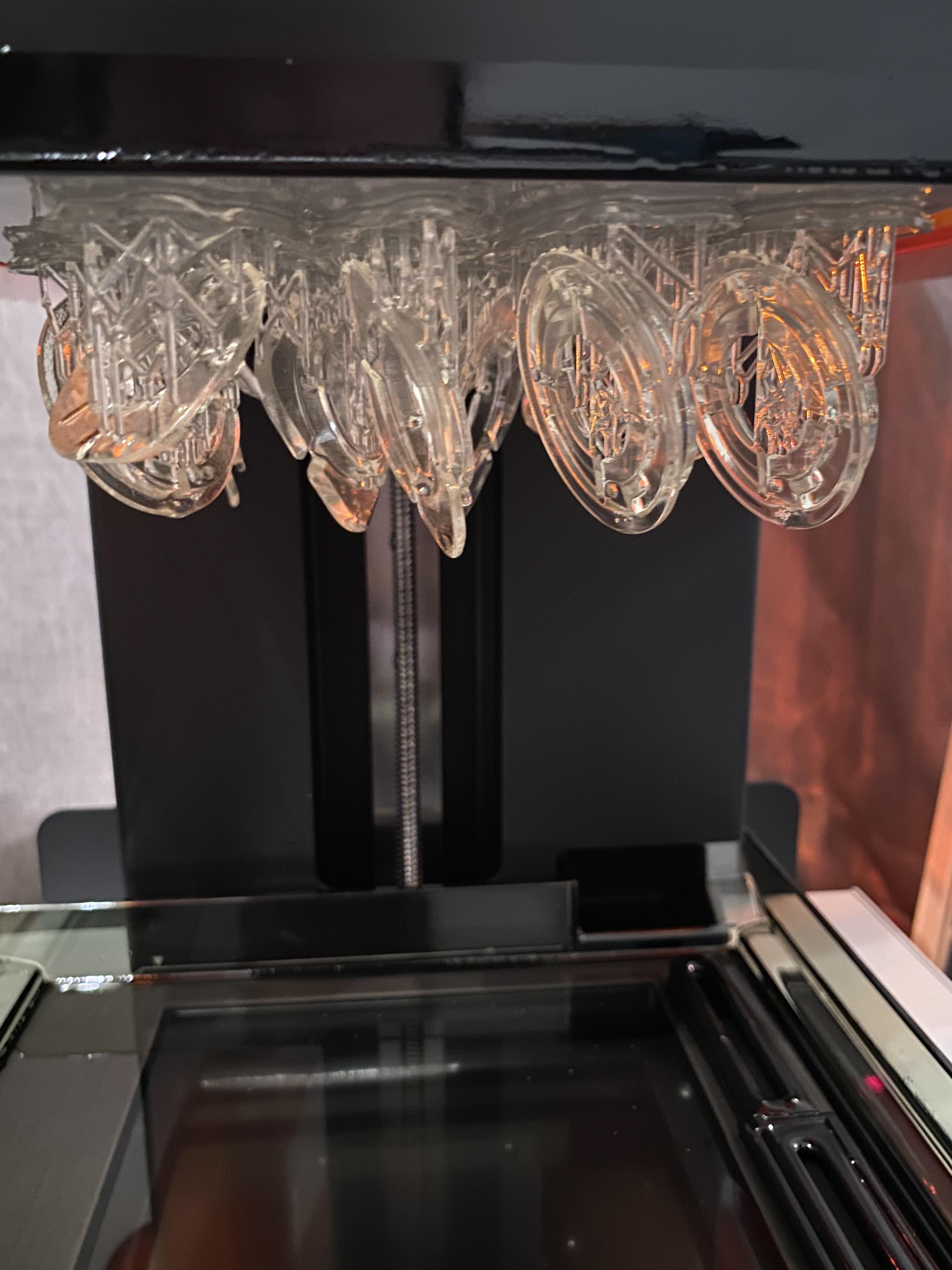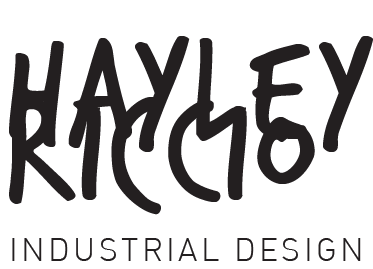At the start of the COVID-19 Pandemic, a white paper was released by physicians at Mass General (MGH) and Harvard highlighting the increased risk of contraction for otolaryngologists who perform endoscopic procedures through the nose and mouth. They produced results significantly reducing viral transmission from patient-to-physician by simply using an incision in a nitrile glove stapled to a mask, worn by the patient.
I was approached by a surgeon from Texas ENT to come up with a protective equipment solution to be worn by a patient, that still allowed endoscopic procedures to be performed, while blocking the transmission of viral particles from patient-to-surgeon.
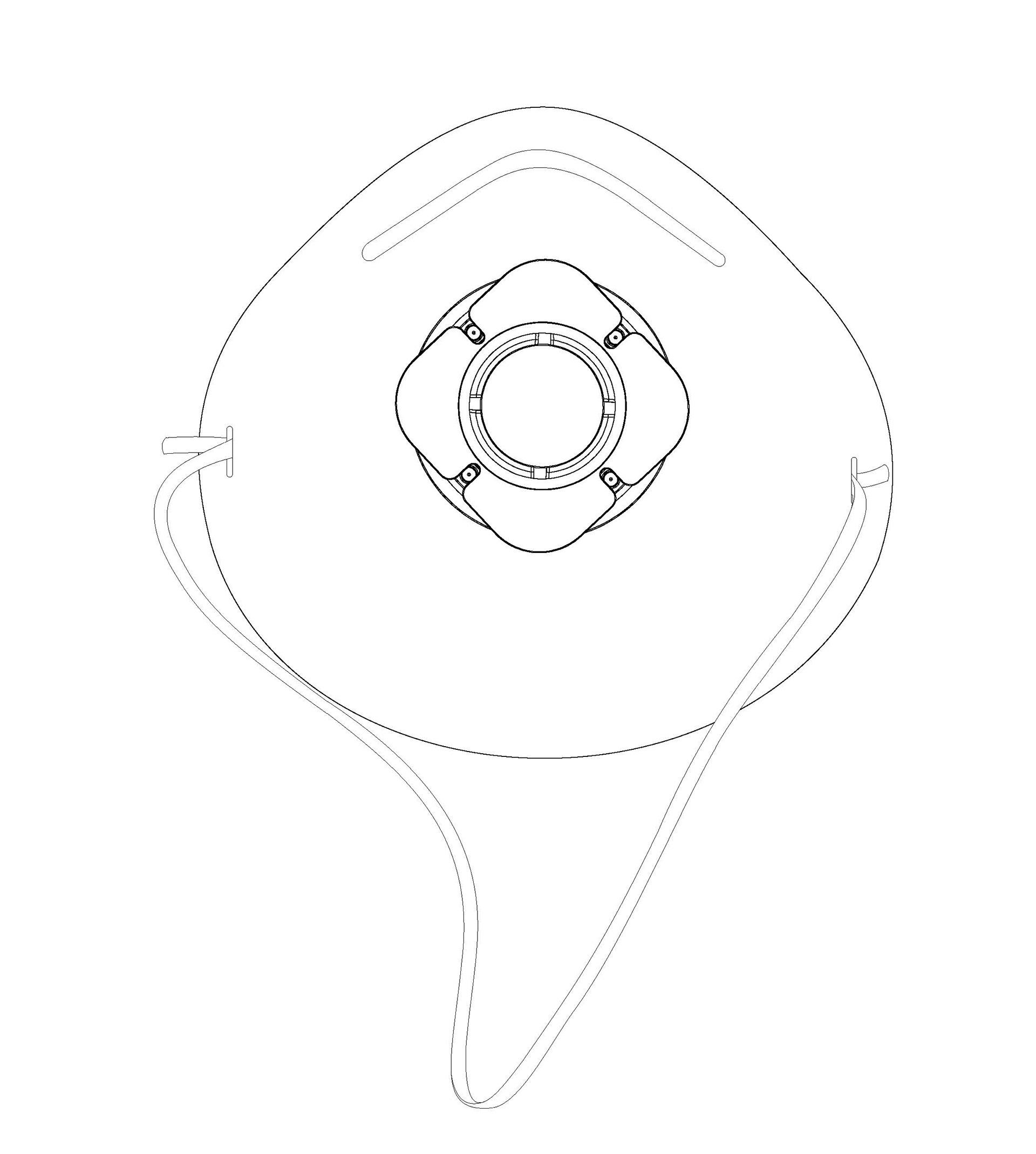
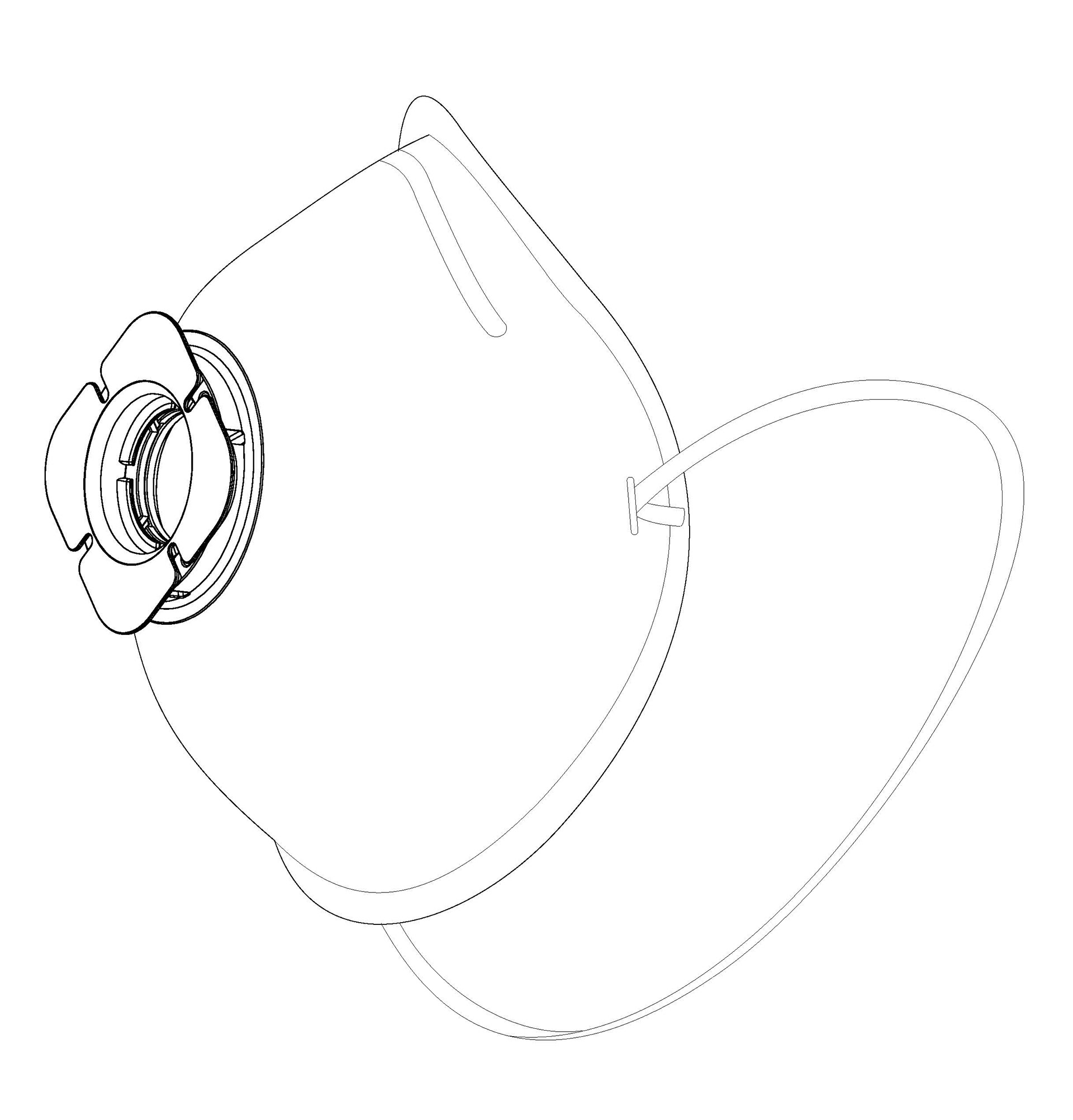

The SCOPE-SAFE VALVE system is designed to house a silicone valve while allowing secure attachment and proper placement on a disposable mask. Made from bio-compatible resin that can be fully sterilized in an autoclave, the system is quickly manufactured to precise tolerances (+/- 0.01mm) through SLA 3D printing.
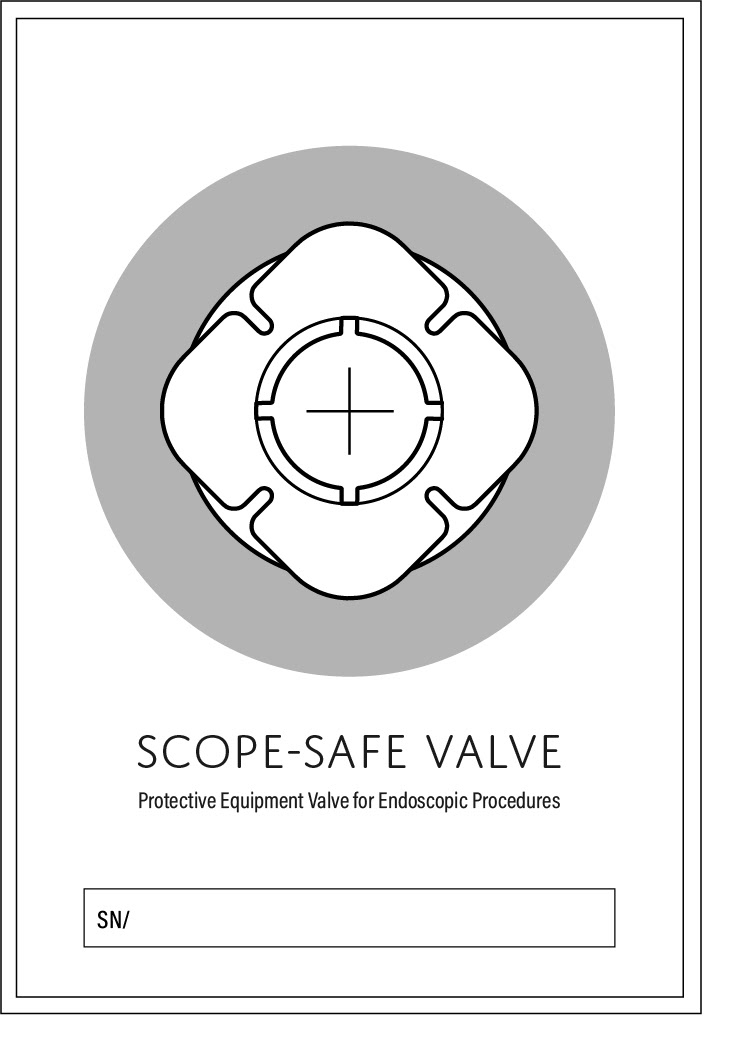
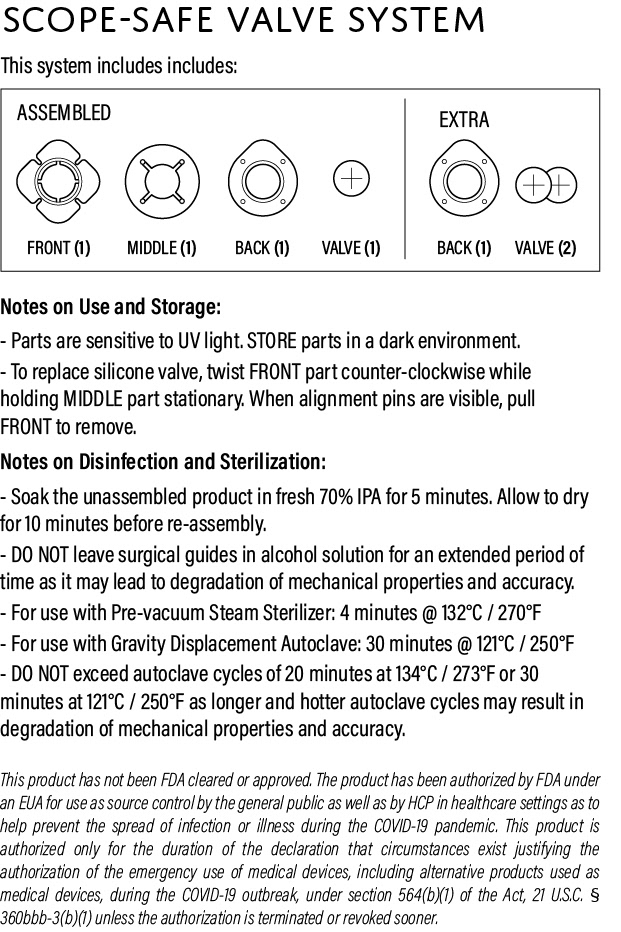
Working with rapid prototyping we were able to spend two months testing through 10 rounds of prototypes, and nearly 60 versions, to produce the final product.
Through this testing we found the intuitive use designed into the shape of the parts was crucial to the success of the product. The prep and assembly of surgical instruments is constantly rotated through various individuals that work on shift schedules - not the surgeons who use the product. It was essential for the product to be intuitive with both for assembly, and orientation on the mask.
This was the greatest success of the product. The snap-fit and twist-lock action was easily maneuverable through the square and circular forms. The 'petal' shapes serve as alignment cues for the eye. And the tear drop form provides an orientation indicator to be aligned with the tip of the nose.
Further prototypes allowed us to modify the Scope-Safe Valve system with an oxygen port to be used by pulmonologists during bronchoscopies.

